“Good Food choices are good Investments”
When it comes to diet, everyone will have a question: what is a good diet? Eating a healthy and balanced diet is one of the best things an individual can do to protect their health. It’s not about strict limitations or going without the foods you love. Rather, it’s about preparing a meal you enjoy by considering your goals, tastes, and lifestyle to boost your physical and mental health. Framing a good meal plan by making right food choices and tracking your dietary habits is a healthy investment for your life, and it can be easily executed. This has been scientifically proven to provide numerous health benefits, such as reducing the risk of chronic diseases (Diabetes, hypertension & heart disease), preventing some cancers, and it also enhances mood.

Myth: Healthy eating is dieting

Fact: People often use the terms healthy eating and dieting interchangeably—but they aren’t synonymous. Dieting is restricting one’s food intake to lose weight. Healthy eating contains an eating plan which provides all the nutritional needs of an individual with long-term health benefits.
What does a healthy, balanced diet look like?
Healthy eating is all about balance. It is a balance between what you eat, when you eat, and how you eat. A balanced diet is a diet that contains different types of food in adequate proportions which meets daily nutrient requirements. The exact make-up of a healthy diet will vary depending on individual characteristics (E.g., age, gender, lifestyle, and degree of physical activity), cultural context, locally available foods, and dietary customs. However, the basic principles of what constitutes a healthy and balanced diet remain the same. According to Canada’s food guide, a balanced diet contains plenty of vegetables and fruits, a handful of proteins, more whole grains, and less processed foods.
Let’s take a look at the components of a balanced diet:
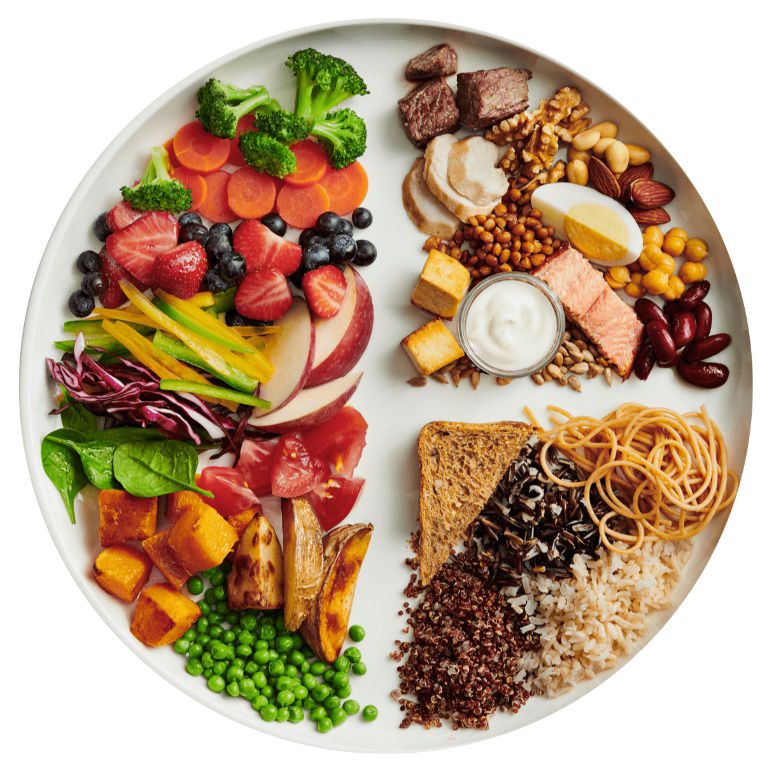
Vegetables and Fruits
“Eat the rainbow—Variety is the key to a healthy diet”
Vegetables and fruits are an important part of a balanced diet, and variety is as important as quantity. If you include one particular vegetable which is your favorite in your daily diet, don’t expect to get all nutrients from that vegetable. Try to include a variety of types and colors of produce in order to give your body the mix of nutrients it needs. Each color in fruits and vegetables is caused by specific phytonutrients which indicates an abundance of specific nutrients. A growing body of research suggests that a diet rich in fruits and vegetables can lower the risk of heart disease and stroke.
Here are some combinations where you can easily include vegetables and fruits:
- Add canned pumpkin or squash puree to any soup to make it extra rich and creamy.
- Add fresh fruits and vegetables to salad. Try adding sliced: pears, peaches, carrots, cucumber, and zucchini.
- Try sautéed greens: Sautéed kale and chard with garlic, shallots, and lemon.
Spinach Salad
Ingredients:
- Avocado
- Quinoa
- Roasted sweet potato
- Spinach
- Chickpeas
- Teaspoon salt & pepper
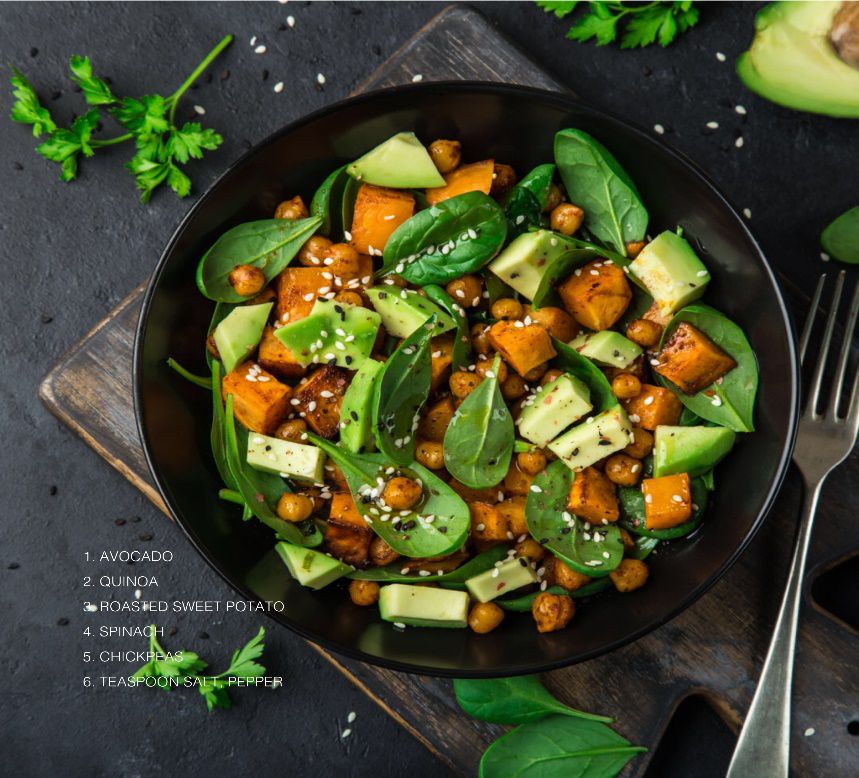
Protein-Rich Foods
Protein is an important ingredient of a healthy diet which provides energy and supports mood and cognitive function. It is a vital nutrient required for building, maintaining, and repairing tissues, cells, and organs throughout the body. In terms of protein foods, quality is equally important as quantity. Health Canada recommends plant-based protein foods over animal proteins like red meat, as they contain more fiber and less saturated fat which is beneficial for protecting heart and gastrointestinal health. According to Canada’s food guide, there are different ways you can plan a meatless meal which is rich in protein.
Here are some plant-based protein-rich recipes:
- Beans in a burrito
- Tofu in a vegetable stir-fry
- Chickpeas and beans in tacos
- Lentils in a soup, stew, or casserole.
White Bean Vegan Protein Salad
Ingredients:
- 1 small can white beans (1 small can = 285g)
- Cherry tomatoes
- Spring onion
- Garlic
- Cilantro
- 2 tbsp olive oil
- 1 tbsp balsamic vinegar
- 1 pinch salt
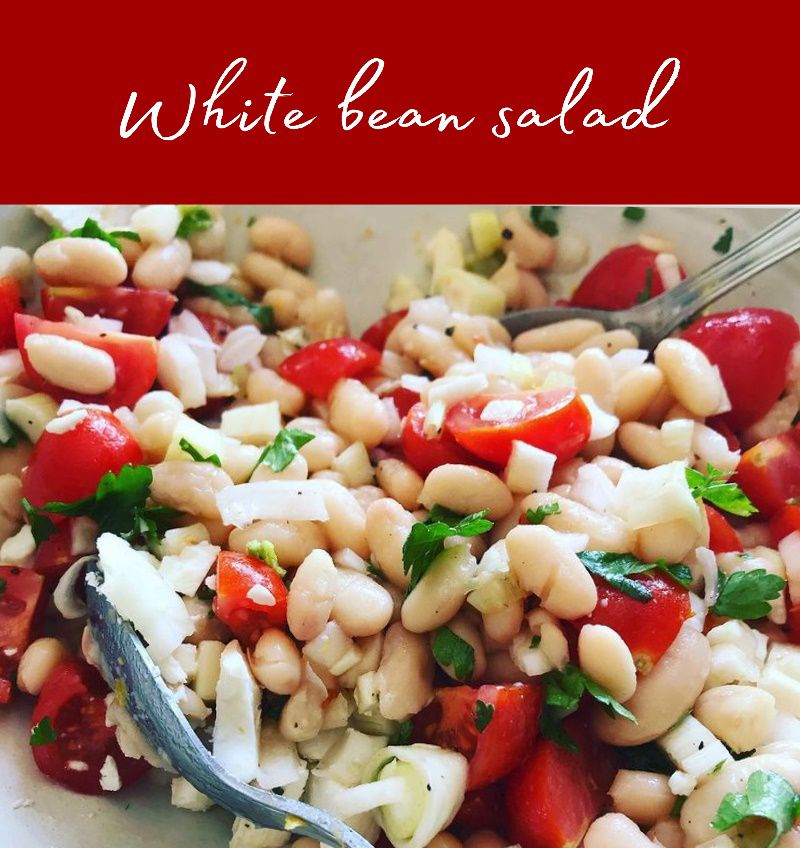
Whole Grain Foods
Whole grains are the healthiest kinds of grains which are an integral component of a balanced diet. A whole grain is a grain of any cereal that contains the endosperm (high in starchy carbs), germ (the seed’s nutrient-rich embryo), and bran (outer nutritious layer), in contrast to refined grains, which retain only the endosperm. As whole grains are high in iron, magnesium, B vitamins, and dietary fiber compared to refined grains, they are beneficial to reduce the risk of heart disease, help with weight management, and also support healthy digestion.
Examples of whole grains and refined grains:
- Whole grains are either single foods, such as brown rice, quinoa, oats, and popcorn, or ingredients in products, such as buckwheat in pancakes or whole wheat in bread.
- Refined grains include white flour, white rice, white bread, and degermed corn flour.
Whole Grain Meal
Ingredients:
- 1 and ½ cups brown rice
- 250 grams baby spinach
- Tomatoes
- Brown onion
- 1 lemon
- Garlic
- Extra virgin olive oil
- Chickpeas
- Greek yoghurt
- Salt & pepper
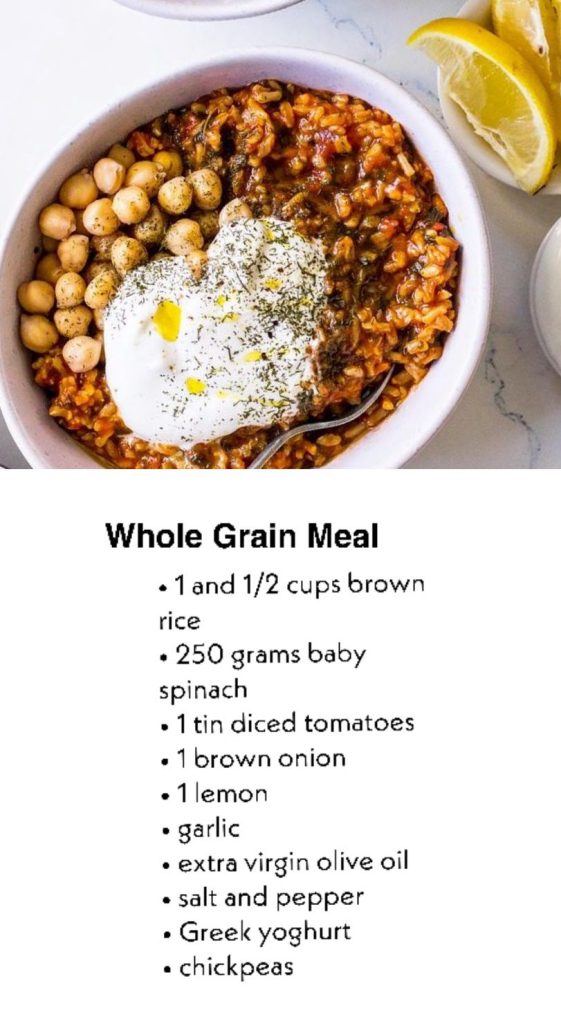
Balanced Eating
“It’s not just what you eat, but when you eat and how you eat.”
- Small and frequent meals – It is the most commonly used medical nutrition therapy. This eating pattern is good for your metabolism, thereby decreasing bloating and overcoming early satiety to help achieve adequate caloric intake.
- Make Water your drink of choice.
- Don’t skip breakfast – a healthy breakfast can jumpstart your metabolism and keeps your energy up all day.
- Eat with others – dining together can radically control mindless overeating.
- Curb late night meals and snacking.
Dr. Sneha Annie Sebastian, Calgary
![]()

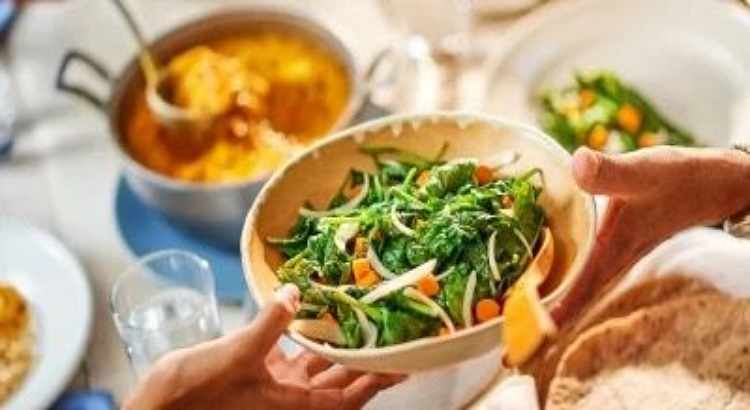




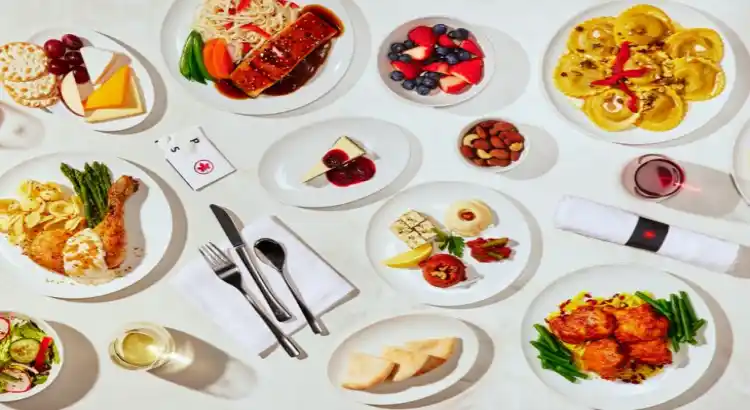
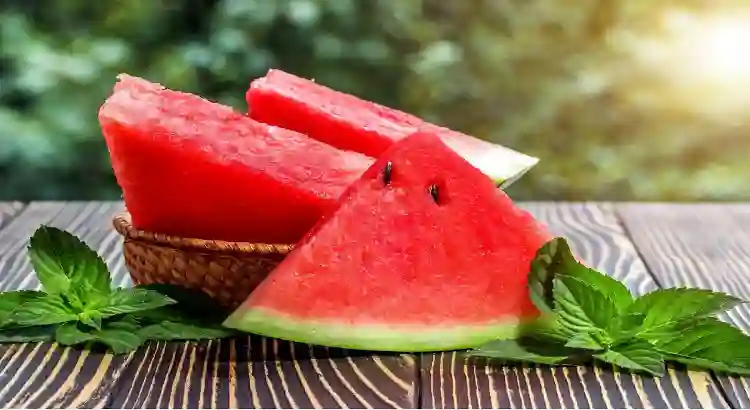
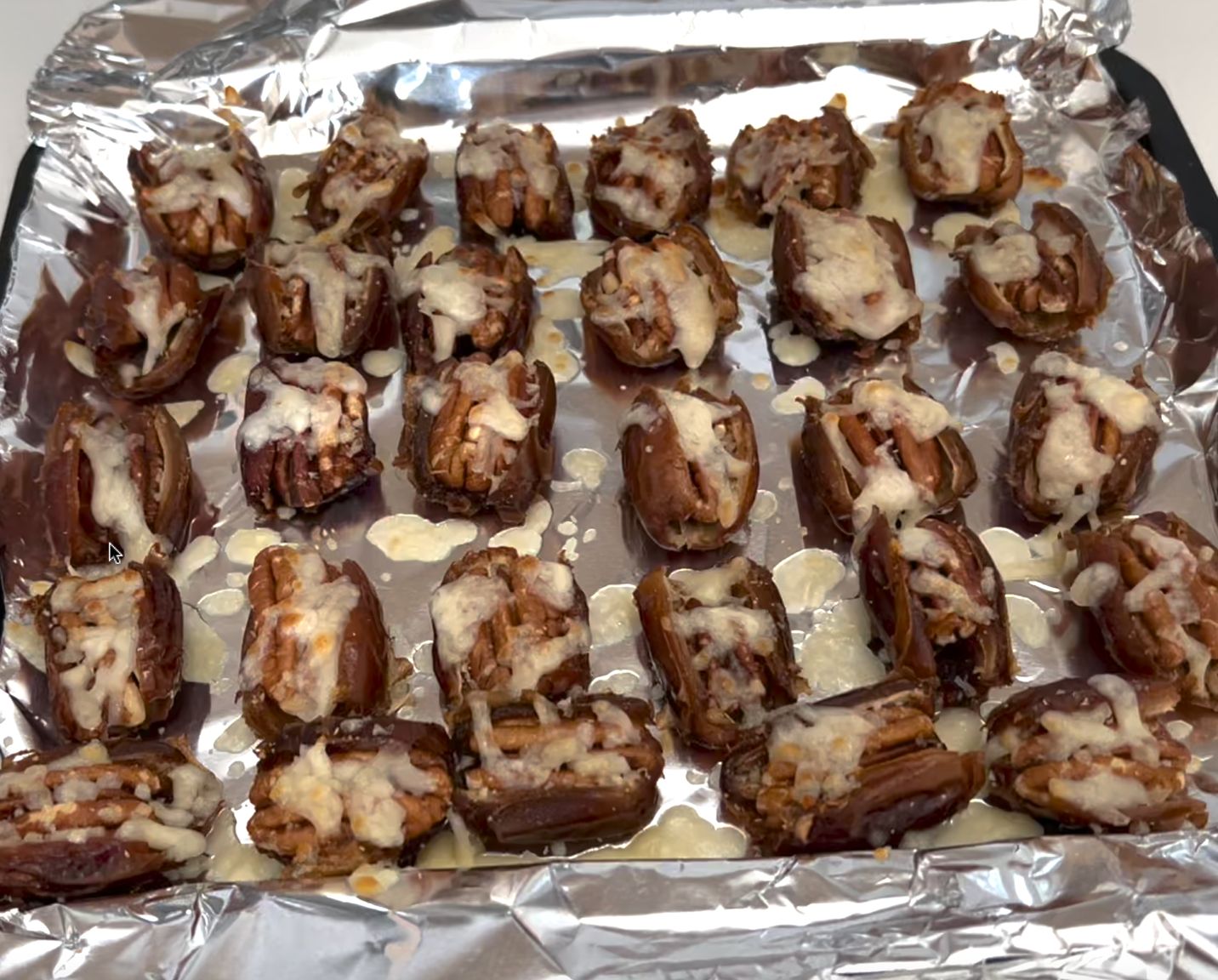
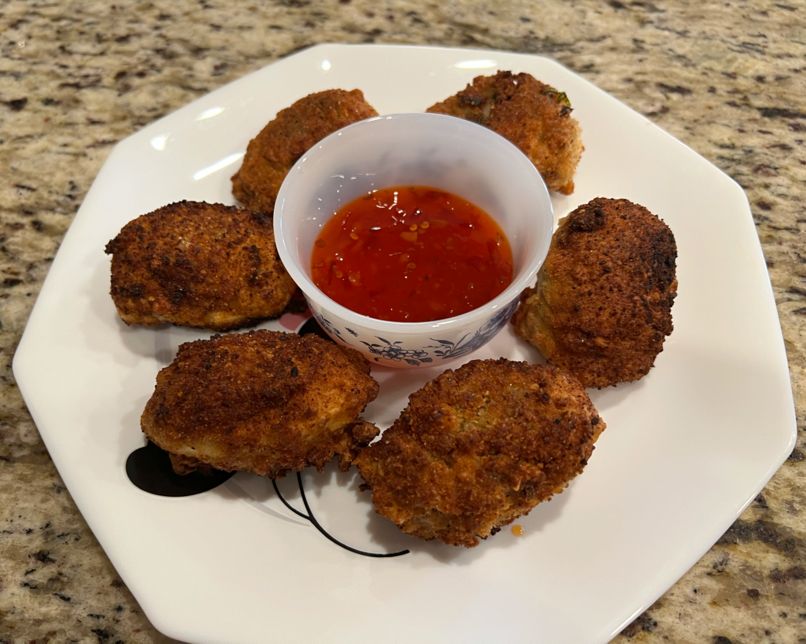
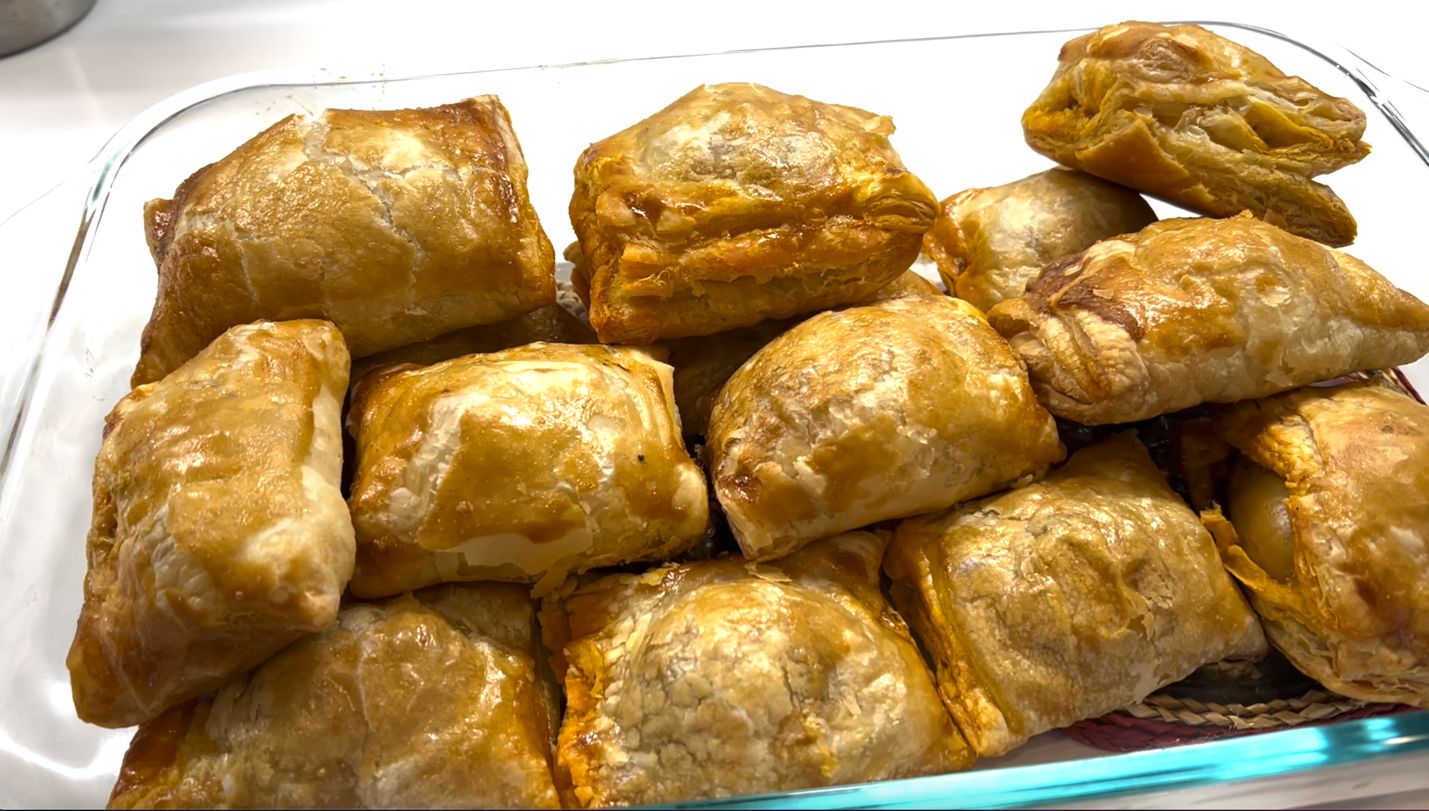
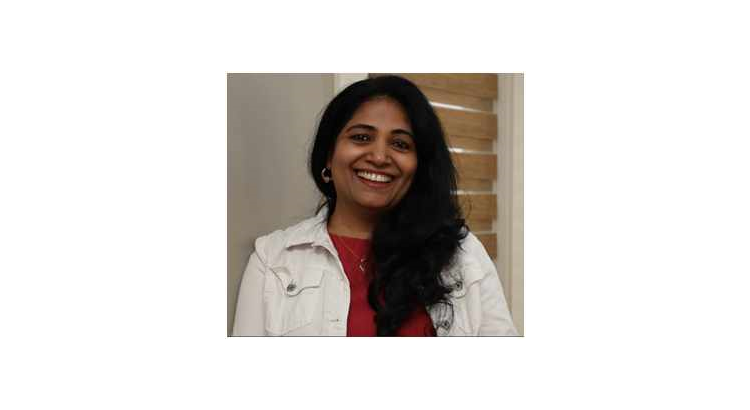
Leave a Reply